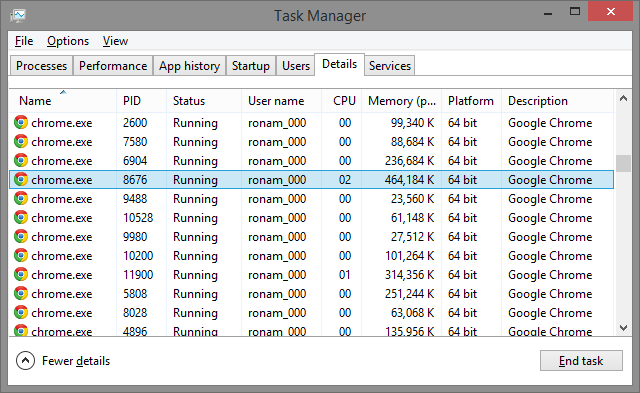
If someone tapped your Internet connection, what would they find out about you?
It’s been just over a year since Edward Snowden became a household name, and his disclosures about the reach and extent of the National Security Agency’s online monitoring programs led to headlines around the world.
But one big, basic question remains more or less unanswered: What exactly does the NSA’s surveillance reveal?
To try to answer that question, I had my home office bugged. This was an experiment NPR designed to learn what exactly the National Security Agency could see about a person if it cared to look.
Working with Sean Gallagher, a reporter at the technology site Ars Technica, and Dave Porcello, a computer security expert at Pwnie Express, I had the Internet traffic into and out of my home office in Menlo Park, Calif., tapped. We installed something called a Pwn Plug to monitor the data flowing to and from my computer and mobile phone.
The box is a little wireless router that basically captures and copies all the traffic into and out of any device that connects to it. That data were sifted and analyzed by software automatically.So for a little more than a week, Porcello and Gallagher stepped into the role of NSA analysts and spied on my work.
via Project Eavesdrop: An Experiment At Monitoring My Home Office : All Tech Considered : NPR.










